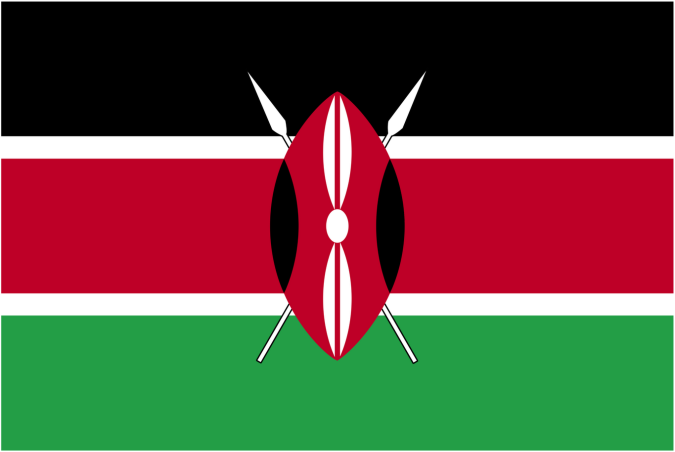Kenya: Mobile Money Improves Kenyans' Access to Healthcare

By Muthoni Waweru
Nairobi — Use of mobile technology to access healthcare is fast gaining momentum in the country.
Health consultant Josea Rono says that more than half of Kenya's population earning less than Sh250 has access to a mobile phone. This in turn makes it possible for many to use mobile money platforms to conveniently mobilise funds for healthcare especially for the low income earners.
"Mobile money platforms can be used to conveniently mobilize funds for healthcare during an emergency," said Rono adding that "faster access to care can prevent the deterioration of health conditions reducing the costs of treatment while offering safe and convenient options for payment.
Mobile money has made saving for healthcare more attainable for low income earners through incentives such as dedicated healthcare accounts, saving goals and bundled services.
"Through mobile money, case study companies have realised a number of positive outcomes at the bottom of the pyramid (BoP),"said Rono adding: "Including increased access to quality healthcare, increased savings and a wider range of health insurance products."
However it's worth noting that there is significant difference in access to healthcare across socio-economic levels.
The 2013 Kenya Household Health Expenditure and Utilization Survey demonstrated that health insurance coverage among low income earners is estimated at only 2.9pc compared to 41.5pc among the wealthy.
Within the insured fraction of the low income earners, the NHIF covers 92.5pc, while private health insurance providers and community-based health insurance schemes cover 3.6pc and 3.4pc.
"This statistics imply that low income earners are more vulnerable to the impoverishing consequences of ill health," stated Rono.
"Households without insurance coverage are often forced to pay substantial out of pocket medical bills," explained Rono "These payments lower their living standards and may even push them in to poverty."
According to the mobile for development impact tracker and GSM, the number of mobile-enabled healthcare products and services tripled between 2009 and 2014.
"Mobile money's increasing relevance for expanding access to health care at the bottom of the pyramid (BoP) has been driven by the accessibility of mobile phones and acceptance of mobile money as a payment method," said Rono.
Some of the ways technology has been used to provide healthcare for people at the BoP in Kenya include:
- Remittances of insurance and micro-insurance premiums
- Saving for future healthcare needs
- Payment for healthcare products and services
- Remittances of salaries to healthcare workers
- Heath Research
- Improved health finance management and
- Management of health voucher systems.
A study conducted by USAID showed that while mobile money services are greatly expanding in developing markets, their use in the health sector - especially among rural poor people - has been limited.
This can be attributed to low citizen awareness and literacy and limited availability of agents.
The report recommends for future research to investigate how mobile money use increases uptake of health services, expands access to service for poor communities, increases provider's productivity and improves productivity and health financial management.
Speaking Tuesday at the Business Call to Action and the Private Sector Innovation Programme for Health, Izak Odongo the Head of curative and rehabilitation services at the Ministry of health said they are keen to ensuring an enabling regulatory environment to encourage innovation and use of mobile technology in improving health care in the country.
"M-Health is one of the pillars in the Kenya E-health strategy. The other four are tele-medicine, health information system, e-learning and information for citizens," explained Odongo on behalf of Health Cabinet Secretary Cleopa Mailu. "One of the most important things M-Health will deliver to Kenyans is the ability to dramatically improve health service delivery."
SOURCE:CAPITAL FM
 Africas leading resource for digital financial services
Africas leading resource for digital financial services


comments